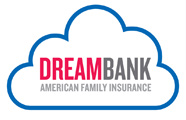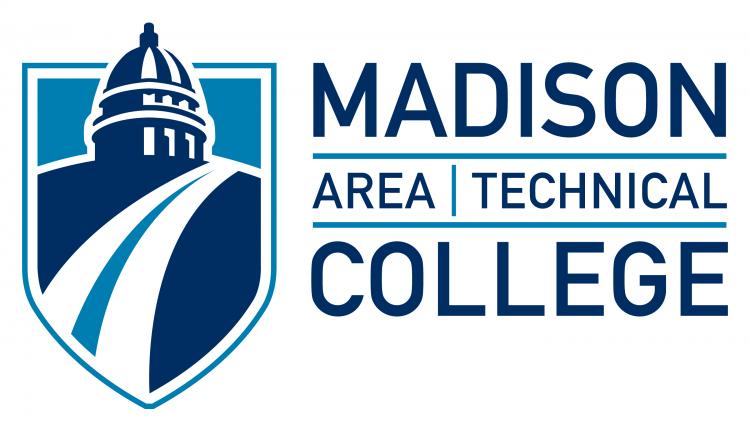
- This event has passed.

October 19, 2016 @ 12:00 am
Event Navigation
A website is not a static, passive element of your business strategy anymore, and you should think of it as a product, not a brochure.
“In today’s digital world, the website will impact every area of your business and could grow every area of your business,” Laura Pearse, founder of Pique, a Nashville-based digital brand development business, told the Social Media Breakfast Madison community Wednesday at Turner Hall.
Laura, who spent four years running the digital department at the Grand Ole Opry but now works with many businesses, said too many businesses still have websites that operate with a brochure mentality.
Brochures, Laura said, are passive, information-based, impersonal, static and stagnant.
Websites with a product mentality, on the other hand, are ever-changing and evolving, with an ongoing and intentional process. They serve something or someone and involve ongoing strategy and evaluation.
“Product mentality is intentionally trying new things that start with numbers and end with numbers,” she said.
Switching from a brochure-style website to one with a product mentality doesn’t mean you need an entirely new website or have to spend a lot of money or even hire a developer.
“It’s more of just an idea or mindset shift,” she said.
Ask yourself: What is the one thing your website needs to do better than anything else? Is it to make a transaction, capture a lead, share content?
Once you identify that main goal, she said, focus on it, develop it, perfect it.
Laura went through three examples, demonstrating that different types of businesses have different goals.
If there is one thing a local plumber, for example, needs from his website it is to make it easy for customers to contact him by phone. So the plumber’s website would have a landing page with a simple link for calling him.
A shoe brand, on the other hand, would focus on highlighting products and making it easy for the customer to use the shopping cart and checkout.
A venue or event space would highlight upcoming shows, with links to easily purchase tickets.
In each case, Laura said, the business would experiment with the best approaches, analyze the results and then do it all over again.
Always, she said, begin by defining the one thing the website should be best at, and then focus on that Call to Action.
Laura concluded with a list of 10 things you should do to ensure your website is accomplishing your top business goals:
- Visit your own website. Check it out as a new user would … on desktop, tablet and mobile.
- Test something. What is one easily-implemented thing you can test?
- Perform a “grunt test”. Look at the top half of your website and see if a caveman could grunt what it is that you offer. Show someone your website for 5 seconds, shut your computer and see if they can answer: Who are we? What do we offer? How will this brand make your life better? What do you need to do to purchase, sign up, etc.? How would you describe us to a friend? In order to make sure you get the right answers to those questions, make sure your website is concise. The top half of the home page should have a short, easy-to-understand tagline, an obvious call to action, and a visual of customer success.
- Test your page load time … 40 percent of users will abandon a site if it takes too long to load. Use Google’s PageSpeed Insights, it’s free.
- You’ll probably need to optimize images because that affects page speed. Use imageoptim.com.
- Focus on a single Call to Action.
- Check your font size. How small is your type? How long are your paragraphs? Is it readable? Is it skim-able?
- Showcase your favorable reviews. Make it visually attractive.
- Make sure Google Analytics is turned on. Turn on enhanced ecomm.
- Go Crazy. Check out Crazy Egg, which is one line of code and allows you to turn on snapshots that gives key insights such as how far users are scrolling. It also includes heat maps showing where people are hovering and clicking. It’s free for 30 days and then $9 a month.
Above all else, Laura said, keep the user’s experience in mind, focus on your top business goals and … “Make the main thing the main thing!”
![]() Written by Bill Hurley, (@billhurleymedia / billhurleymedia.com) Editor, writer, social media strategist, digital publisher. BillHurleyMail@gmail.com, Bill@smbmad.org.
Written by Bill Hurley, (@billhurleymedia / billhurleymedia.com) Editor, writer, social media strategist, digital publisher. BillHurleyMail@gmail.com, Bill@smbmad.org.
Laura’s presentation:
SMBMAD Podcast:
[soundcloud url=”https://api.soundcloud.com/tracks/290929718″ params=”color=ff5500&auto_play=false&hide_related=false&show_comments=true&show_user=true&show_reposts=false” width=”100%” height=”166″ iframe=”true” /]














